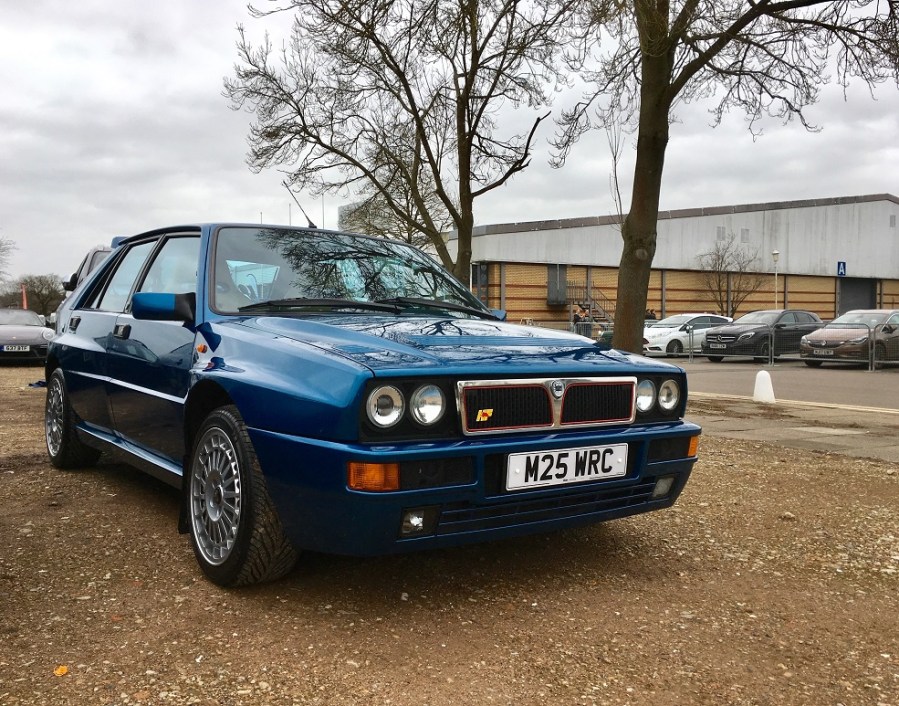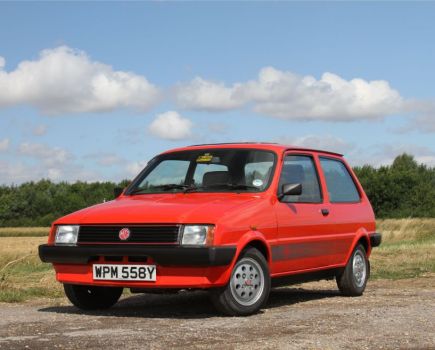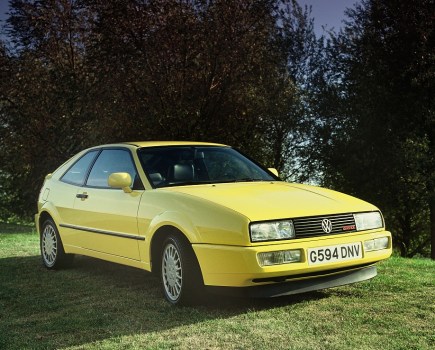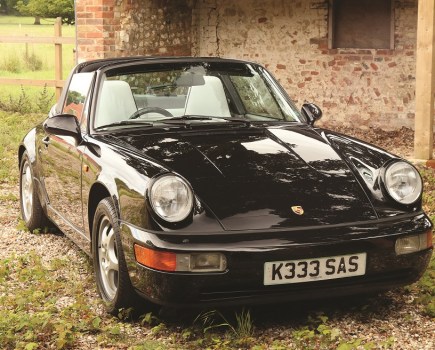From the rally stage to the dealership, these homologation cars gave customers a taste of the real thing. We take a look at the prices of three specials.
Lancia Delta Integrale (1987-1993)
Performance variants of Lancia’s Delta began with the 1983 HF, but the king was the Integrale. Sporting a 2-litre turbo powerplant, four-wheel drive and rally-esque bodykit, the Integrale was rapid and exciting, offering customers a taste of the championship-winning rally cars. It was more expensive than most hot hatchbacks, but at £15,800 it looked like value for money against the similarly powerful £30,000 Audi Quattro.
Subsequent 16-valve and Evoluzione models added power and brasher styling, winning more hearts but costing more – the 1991 Evoluzione was a hefty £25,000. Lancia’s infamous reputation for rust and unreliability meant an Integrale was no more immune from depreciation than its stablemates and only being available in LHD put some off. By the late 1990s, an eight-year old example could be bought for £7000-£9000 and here values remained for some time. Their status and rally pedigree kept later cars around £8000, but tatty 8-valve Integrales were £2500 by the mid-2000s, with parts supply limited and rust inevitable. As numbers thinned and their iconic status attracted investors and enthusiasts, appreciation began. Evoluziones were first, the best examples were worth £20,000-£22,000 five years ago and have since steadily climbed to around £45,000-£50,000. Later cars have always been worth more, but with 8-valves north of £20,000 and 16-valves approaching £30,000, all things Integrale are only going up in value.

Ford Escort RS Cosworth (1992-1996)
To homologate the Mk5 Escort for rallying, Ford and Cosworth created the Escort RS Cosworth. Enormous ‘whale tail’ spoiler and brash bodykit marked out the Cosworth visually and 224bhp and impressive four-wheel drive grip gave it go to match the show. Priced at the same £25,000 as the Delta Integrale, the Cosworth wasn’t cheap, but kept up with cars costing considerably more.
With just 7100 produced, Escort Cosworths were rare when new and their eminent tunability made modified examples common. Often enthusiasm outweighed ability and many Cosworths were written off. The insurance crisis of the late 1990s made ownership difficult – £15,000 bought you one, but you might need similar money to insure it. Prices sat in the mid-teens for much of the 21st century owing to their rarity, but rocketing Fast Ford values in recent years has put paid to that. A decade ago, concours examples would be £18,000-£20,000, but that climbed to circa-£30,000 in five years and has doubled since 2015. Today, mint Cosworths are £60,000 cars, with unmodified early cars worth more. A stock early Cosworth, painted signature Imperial Blue is a strong investment, but we wonder how much longer this value growth will last.

Peugeot 106 Rallye (1993-1996)
Designed to homologate the 106 for the 1300cc rally series, the Rallye was a bare-bones variant that featured no power steering, electric windows or central locking, a revvy 1.4-litre engine and trademark white steel wheels. The result was an 825kg hot hatch that on account of giving you little, cost less – its £10,000 pricetag was £1000-£1500 less than Seat’s Ibiza GTI and £400 less than the 106XSi, a broadly similar car, but without the lightweight theme.
The subsequent 106 GTI offered more power and luxuries, leaving the Rallye a niche choice, more so in Phase 2 guise. Rallyes were under £5000 for the turn of the century and those figures only fell further throughout the 21st century. Most Rallyes have now either succumb to rust – a common weakness for small Peugeots – or been crashed by overenthusiastic drivers. These combined factors mean that fewer than 150 survive and that rarity, combined with their raw, exciting drive, has seen values climb. From £1500 a decade ago, you’ll now need over £5000 for a tidy Phase 1 Rallye. Phase 2 cars are worth 10-15 per cent less, but are slightly more common. It’s worth noting that its 205 Rallye predecessor is now worth £12,000-£14,000 like-for-like. That makes the 106 both a cheap alternative and canny investment.





